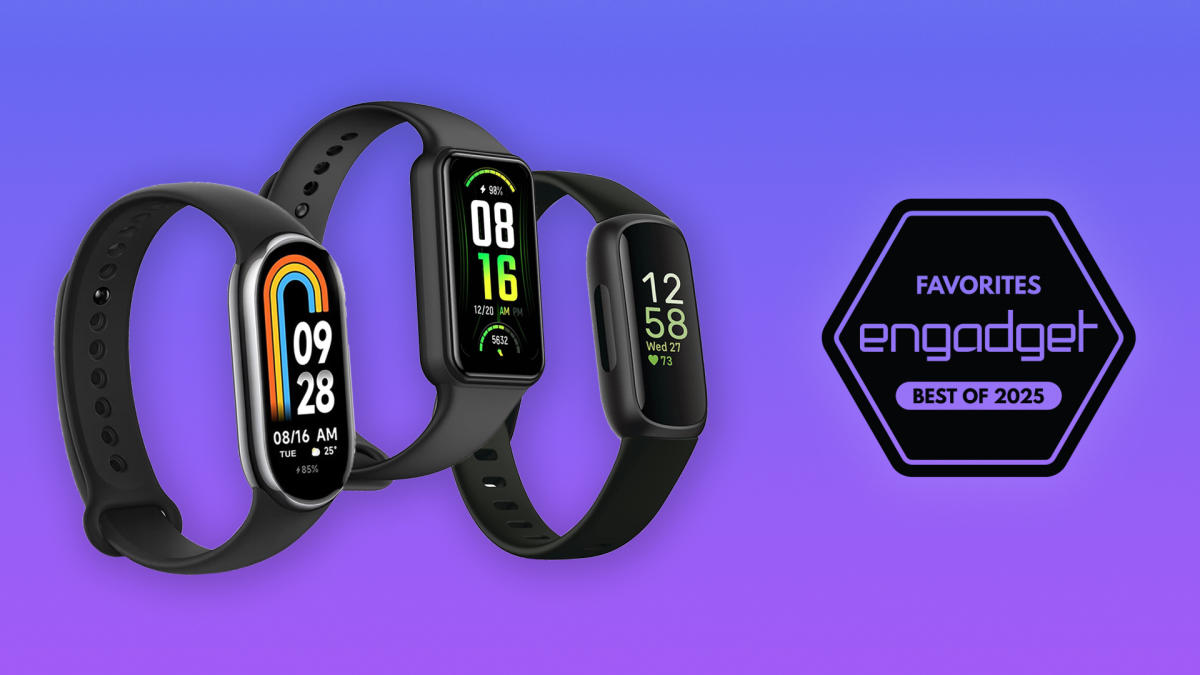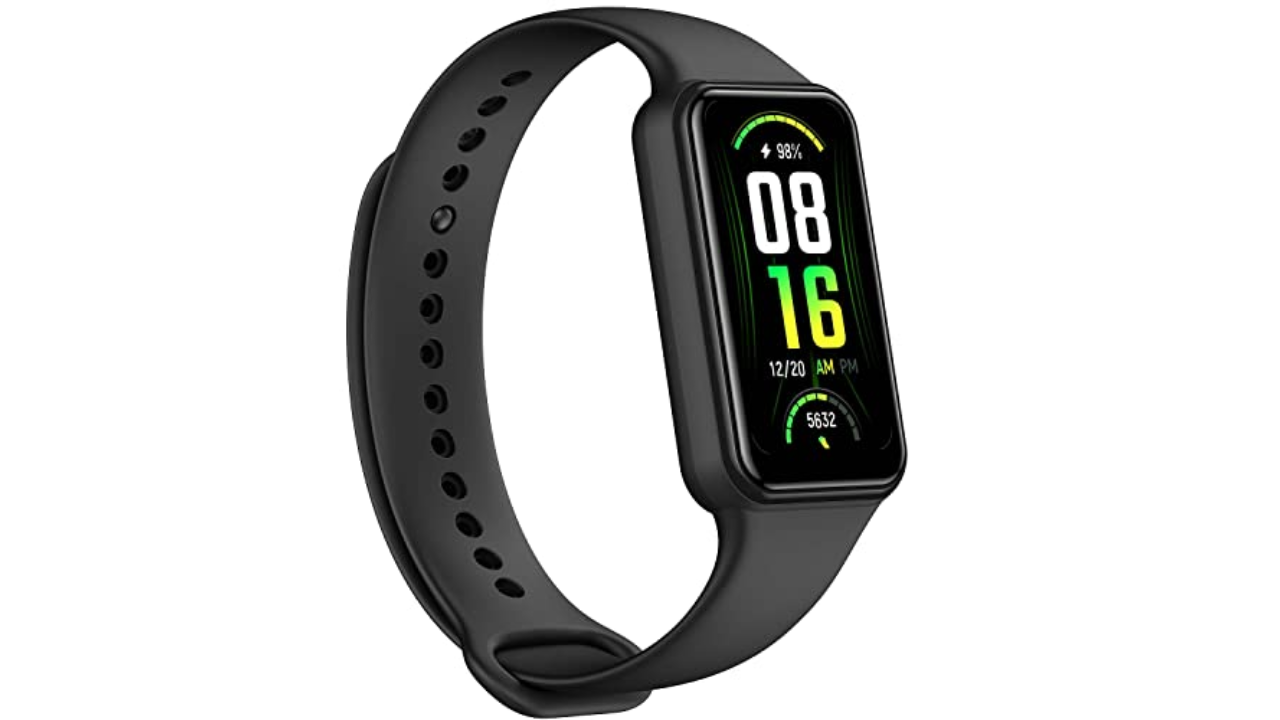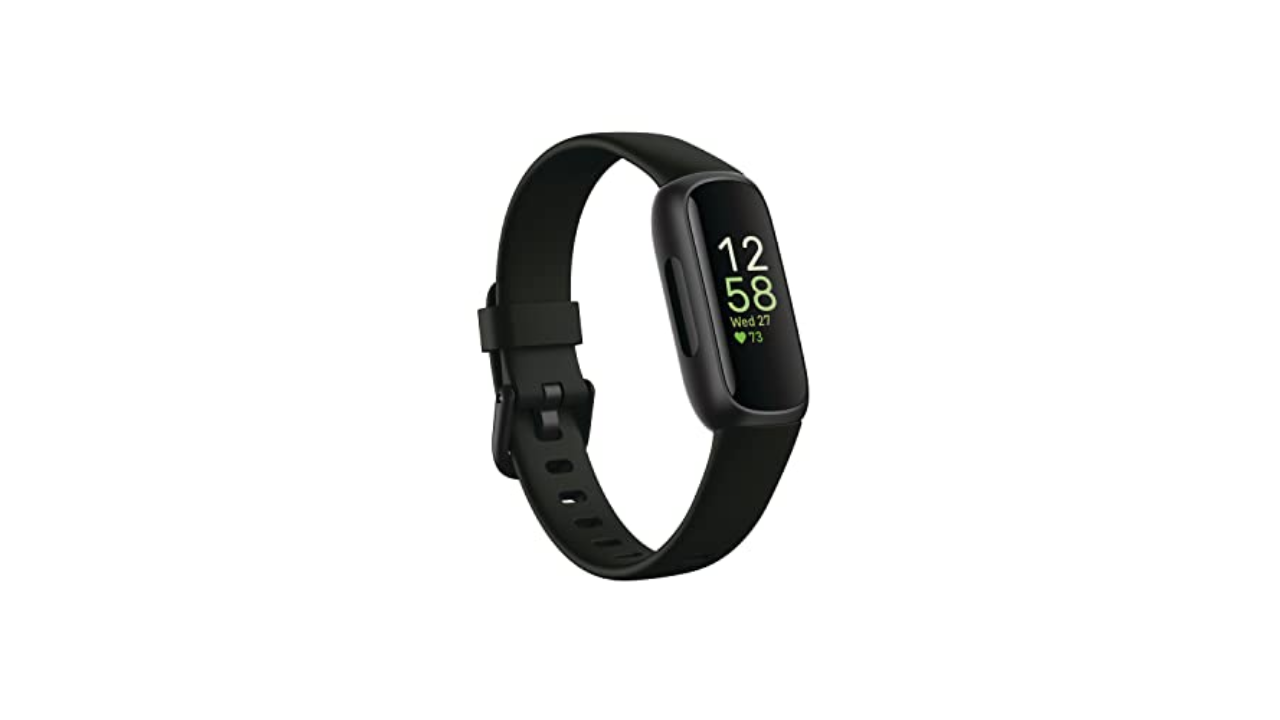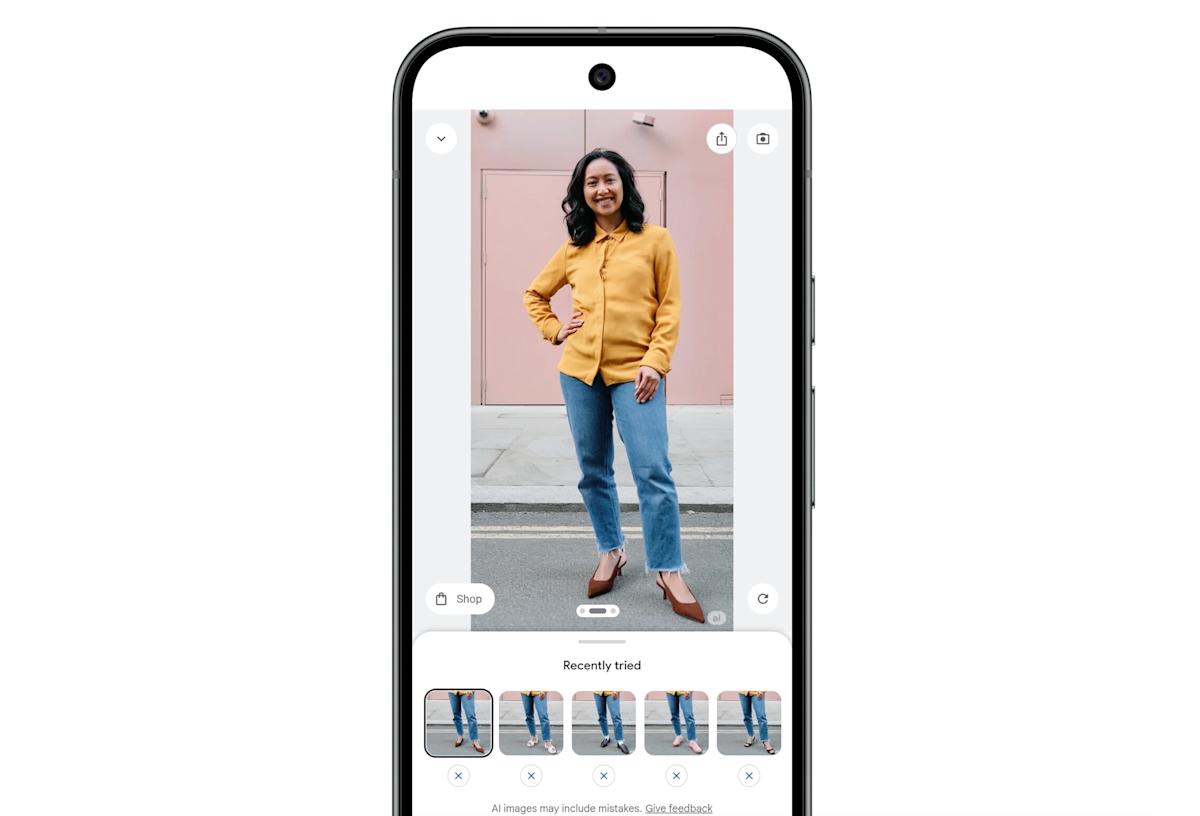
You may have recently established new fitness objectives for yourself, yet find yourself uncertain about the best path to achieving them. Fortunately, modern wearable technology has simplified the process of tracking essential health metrics such as your daily step count, heart rate, sleep cycles, and more. This allows you to devote less time to data monitoring and more time to cultivating other healthy habits that can enhance your overall well-being. The good news is that you don’t need to spend a fortune to acquire a wearable device that meets your needs.
In recent years, affordable fitness trackers have significantly evolved, with many now featuring connected GPS for outdoor activities, real-time heart rate monitoring to ensure you stay within optimal zones during workouts, and much more. Additionally, most of these devices are compatible with both iPhone and Android platforms, allowing you to select a tracker that aligns with your budget and preferences without any compatibility concerns. From basic step counters to sophisticated running watches, budget-friendly fitness trackers provide ample support for your journey towards improved health without straining your finances. Here are our top recommendations.
Discover the Best Affordable Fitness Trackers for 2025
Xiaomi
Tracking type: Heart rate, sleep, stress, blood oxygen, women’s health | Supported Operating System: Android 6.0 and above, iOS 12.0 and above | Memory: 100GB | Screen size: 1.62” | Waterproof: 5ATM water resistant | GPS: No | Battery life: 16 days
The Xiaomi Smart Band 8 excels in multiple areas — it boasts an intuitive interface that simplifies workout recording and features a remarkably comfortable band that is perfect for overnight use. This device encompasses nearly all the functionalities you would anticipate from a fitness tracker, all at an unbeatable price point. Its 1.62-inch, 192 x 490 pill-shaped AMOLED display is vibrant and easy to read, whether indoors or outdoors. While it lacks a physical navigation button, you can effortlessly navigate the user interface by swiping up and down, or left and right.
Comfort aside, what truly elevates the Smart Band 8 to a leading position is its comprehensive workout reports. Unlike other trackers we evaluated, the Smart Band 8 does not necessitate downloading exercises from its companion app, enabling users to start tracking activities, even specialized ones like skiing, immediately. Post-workout, you receive detailed stats on your wrist, covering heart rate, pace, speed, calories burned, and more. While it may seem basic, many other trackers only provide step count and distance traveled. Your time spent in each heart rate zone, from light to intensive, aerobic to anaerobic, is conveniently displayed in your summary.
Additionally, Xiaomi’s unique “Pebble” mode allows users to attach the tracker to shoelaces using a specific case, thus gathering detailed data on running and cycling performance. By utilizing this mode, you can obtain more granular insights on your sprint performance, such as flight ratio, ground contact time, and overall running form metrics.
The tracker’s lightweight and comfortable design made it easy to wear while sleeping. The do-not-disturb feature can be activated directly from the watch face, and I experienced no disturbances during the night from the screen lighting up. The sleep insights provided after overnight use were impressively detailed. I could view the total duration of my sleep, along with a comprehensive sleep graph showing light and deep sleep phases. All this information was readily accessible on my wrist and further elaborated in the Mi app, where I could also track my average heart rate during sleep and breathing patterns.
Moreover, Xiaomi’s remarkable battery life claims were verified — the Smart Band 8 requires only 30 minutes of charging to deliver approximately two weeks of usage. This means I was never concerned about missing activity or sleep tracking due to low battery.
- User-friendly interface for easy navigation
- Vibrant full-color display
- Comfortable design, including Pebble mode functionality
- Exceptional fitness and sleep monitoring capabilities
- Extended battery life
- Absence of a physical navigation button
$45 at Amazon

Amazfit
Tracking type: Heart rate, sleep, stress, blood oxygen, women’s health | Supported Operating System: Android 7.0 and above, iOS 12.0 and above | Memory: 2.3GB | Screen size: 1.47” | Waterproof: 5ATM water resistant | GPS: No | Battery life: 18 days
The Amazfit Band 7, similar to the Xiaomi Band 8, comes with a variety of pre-loaded workouts for immediate tracking. It features a unique interface that allows users to set personalized goals, such as burning a specific number of calories, before initiating a workout. Additionally, it boasts an impressive battery life of up to 18 days (or even longer when the battery-saver mode is activated).
A standout feature of the Amazfit Band is its PAI (Personal Activity Intelligence) scoring system. This innovative metric derives from your heart rate during all activities, even those that aren’t tracked workouts, and assigns you a score between 1 and 100. The goal is to achieve a score as close to 100 as possible, reflecting your overall heart health through a combination of workouts and rest. Like the Xiaomi Smart Band 8, the Amazfit Band 7 also provides users with an overview of their heart rate zone activity right on the watch face.
The device also includes a convenient “one-tap measure” function that offers insights into your heart rate, blood oxygen saturation, and even a stress score based on heart rate variability.
However, there are some drawbacks to the Band 7. It tends to be significantly slower than the Xiaomi Smart Band 8 when starting and stopping exercise sessions, and it lacks a physical navigation button, making it a bit challenging to exit a page. This could be overlooked if the display quality were comparable to that of the Xiaomi Band 8, but the Band 7’s AMOLED color display can sometimes be difficult to read, even indoors.
In terms of comfort, the Amazfit Band 7 is somewhat more suitable for sleeping compared to some other options we tested, though it may still require some adjustment. After wearing it for a week, you can access an in-depth sleep analysis that assesses your risk for conditions like sleep apnea. However, it’s important to note that you will need to subscribe for a premium service, which costs $10 monthly or $50 annually, to access this detailed sleep report, as well as meditation content and an AI sleep coach through the Zepp app (formerly Amazfit).
- Allows setting personalized goals for workouts
- Effective activity and sleep tracking
- Comfortable for extended wear
- Performance can be sluggish
- No physical navigation button
$45 at Amazon

Fitbit
Tracking type: Heart rate, sleep, stress, blood oxygen, women’s health | Supported Operating System: Android 10.0 and above, iOS 15.0 and above | Memory: 6.4GB | Screen size: 0.7” | Waterproof: 5ATM water resistant | GPS: No | Battery life: 10 days
My expectations for the Fitbit Inspire 3 were high, primarily due to Fitbit’s reputable standing in the fitness tracking industry. However, given that it is the most expensive tracker on this list, I anticipated more features and functionalities. While it fulfills its basic role of recording workouts, it only supports tracking for six types of activities at any given time. To include additional niche exercises, such as weight lifting, users must access the Fitbit app to swap out exercise widgets. The device does provide basic metrics, including calories burned and heart rate, which are typically expected in performance reports. However, unlike the Fitbit Charge 6, the Inspire 3 lacks built-in GPS, necessitating the use of a smartphone for accurate pace and distance tracking.
One notable feature of the Fitbit Inspire 3 is its Active Zone Minutes breakdown, which assesses the intensity of your workouts and the calories burned throughout. This feature is unique to Fitbit and offers insights into how hard you worked and how much fat you potentially burned. The accompanying app effectively breaks down other health metrics during workouts, detailing your recovery needs prior to your









